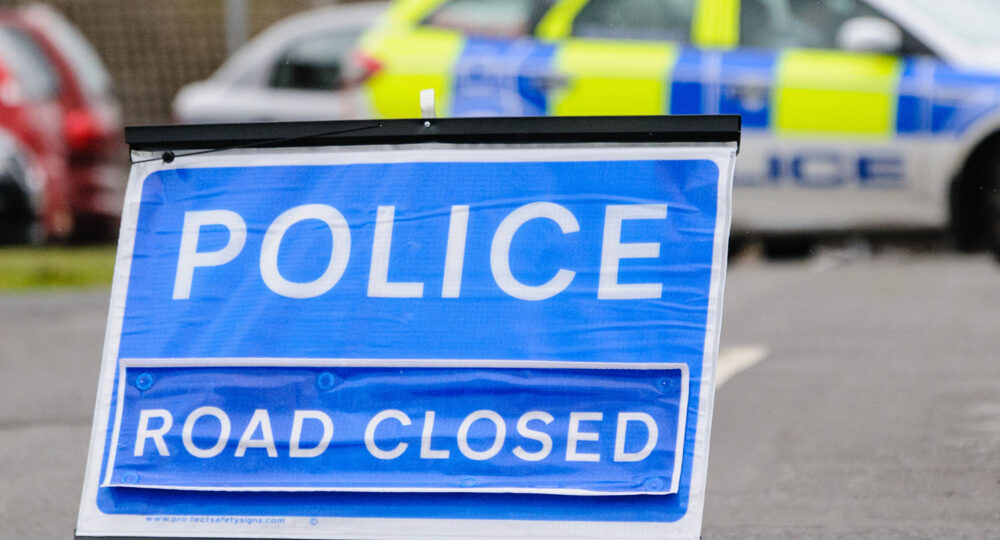Legal Case Study: Farming Accident
Your employer has a duty of care to you, as an employee, to take all reasonable steps to protect your health and safety at work. They have to comply with health and safety laws.
What does the duty include?
- Ensuring a safe working environment
- Providing adequate training for the job
- Carrying out risk assessments
Working with machinery
An employer is required to ensure that all machinery and equipment is maintained in proper working order. If an employee suffers injury because of faulty equipment, he/she may be entitled to claim for compensation.
Employers must conduct regular safety checks of equipment. Employees must be properly trained in how to use equipment. Even if equipment is not faulty, if an employer has failed to train an employee in the proper use of equipment, and the employee suffers an injury because of that lack of training, he/she may be entitled to make a claim.
The use of machinery must be risk-assessed. If equipment or machinery is found to be faulty, it must not be permitted for use unless and until it is fixed.
Some machinery/equipment must have an emergency stop-for example, a roller shutter door. Or fixed electrical machinery with sharp/dangerous parts must have emergency stop buttons within reaching distance. They will also need to have safety guards.
Negligent fellow employees
If you suffer personal injury through the carelessness of another employee, your employer may be held responsible. For example, another employee reversing his forklift truck into you because he/she wasn’t looking properly or was driving too fast. Accidents at work can happen for all sorts of reasons and in all sorts of circumstances.
An injury can cause you to have to take time off work and suffer a loss of earnings. You would be entitled to claim for any injury and any financial losses suffered. We have specialist expertise in dealing with accidents at work and act on a no-win-no-fee basis. We have successfully settled many accident at work claims.
Below is a summary of a claim that we settled very recently
Our client was working on a farm with a potato harvester, a large machine with dangerous parts. As he was cleaning the rollers, removing potato leaves, his leg got stuck in the machinery. Our client suffered a serious injury to his ankle and leg.
Investigations suggested that our client had not been properly trained in the use of the machinery, that his colleague had not been either and was partly to blame for the accident, that the task had not been properly risk assessed, that the employer had failed to take account of Health & Safety Executive Guidance on the use of the machinery and that protective equipment had not been provided to our client such as safety boots. Once we were in receipt of sufficient information, we sent a letter of claim to our client’s employer. They immediately instructed Solicitors.
We received a denial of liability, however, an offer was then made to settle our client’s claim in the sum of £80,000 plus legal costs. Our client wished to accept the offer but we suggested further negotiations with the employer’s solicitors and secured an increased offer of £90,000, taking into account the injury and also, lost earnings and any problems that he might have in the future.
Even though the other party had denied liability, they recognised that they were at risk of losing the claim and were therefore willing to make a substantial offer and avoid significant legal costs. Our letter of claim comprehensively addressed all issues and we were confident that there was a case to answer and that the claim would succeed.
Ordinarily, we would obtain independent expert medical evidence. This would confirm the nature and extent of injuries and the risk of any problems in the future. However, the offer of £80,000 represented a calculated gamble, taking into account what was known about our client’s injury and with the benefit of legal experience, considering what risks might arise in the future.
Our concern ultimately was to ensure that we obtained a fair amount of compensation for our client.
Our advice to our client, given that he was keen to settle as quickly as possible, took into consideration our expertise in dealing with these kinds of injuries and the type of risks that might arise. We factored into our negotiations an assessment for the physical injury at an award representing the maximum severity of ankle injury and then a large award for the risks of problems in the future. We did, of course, stress to our client that the other option was to obtain expert medical evidence.
Having set out to our client the routes open to him, we proceeded to settle early on the best possible terms in line with our client’s instructions.
The usual process is to obtain expert reports but sometimes, a best assessment can be made on whatever evidence is available and the important point is that our client was properly advised, carefully considered his options and proceeded to settle at an amount which covered all issues. The majority of cases do not settle without expert medical evidence but we have sufficient expertise to deal with all types of scenarios.



